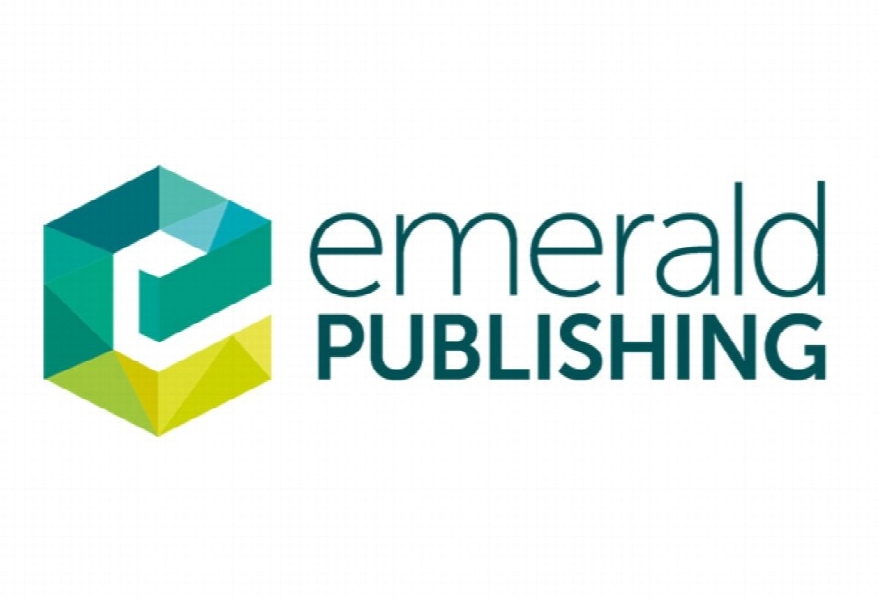یکپارچه کردن نتایج یادگیری پایداری در یک برنامه درسی دانشگاه Integrating sustainability learning outcomes into a university curriculum: A case study of institutional dynamics
- نوع فایل : کتاب
- زبان : انگلیسی
- ناشر : Emerald
- چاپ و سال / کشور: 2018
توضیحات
رشته های مرتبط علوم تربیتی
گرایش های مرتبط مدیریت و برنامه ریزی آموزشی
مجله بین المللی پایداری در آموزش عالی – International Journal of Sustainability in Higher Education
دانشگاه Department of Plant Biology – University of Vermont – USA
منتشر شده در نشریه امرالد
کلمات کلیدی انگلیسی General education, Sustainability education, Sustainability-across-the-curriculum, Learning outcomes, Liberal education
گرایش های مرتبط مدیریت و برنامه ریزی آموزشی
مجله بین المللی پایداری در آموزش عالی – International Journal of Sustainability in Higher Education
دانشگاه Department of Plant Biology – University of Vermont – USA
منتشر شده در نشریه امرالد
کلمات کلیدی انگلیسی General education, Sustainability education, Sustainability-across-the-curriculum, Learning outcomes, Liberal education
Description
Introduction Society in the twenty-first century faces many daunting challenges from myriad directions, including, but not limited to, peak oil, undiminished global population growth, intensifying income disparity, new political instabilities, terrorism, global scale weather catastrophes, growing global food insecurity, new technology impacts and evolving diseases. (Martine and Alves, 2015; Raskin et al., 1996; Rockström et al., 2009). Higher education, and public higher education in particular, has an important and vital role to play in helping society move through these challenging times and emerge on the other side of the century in a more hopeful and positive place (Cortese, 2003; Dmochowski et al., 2016; Rowe, 2007; Shephard, 2008; Stephens et al., 2008; Svanström et al., 2008). Educating the next generation of leaders under the lens of sustainability paves the way for balancing economic growth, social development and ecological vitality (UNESCO Section of Education for Peace and Human Rights, Division for the Promotion of Quality Education, Education Sector, 2006; Wixom et al., 1996). Certainly, training students to be good at what they do, whether it be engineering, food science, the arts or history, is a way that a university’s role can be fulfilled, in part, but is there something more? Is there a component of public university education that is openly utilitarian in its aspiration? The debate around general education and liberal education at universities (Nussbaum, 2002; Weissman, 2012) has grappled with this utilitarian perspective at both the individual level (useful to the students who are paying tuition) and the societal level (beneficial to the society that is financially supporting higher education). Liberal education model includes comprehensive education that encourages an appreciation of knowledge, an ability to think and solve problems and a desire to improve society, and general education advocates for practical education that prepares students to enter the work force upon graduation (State University, 2018). In the mid-1900s, the President’s Commission on Higher Education (1948, p. 49) called for the development of a balance between professional training programs under a general education model and a liberal education curriculum that fosters “the transmission of a common cultural heritage toward common citizenship on the other”, therefore promoting that higher education must serve both efforts. Yet, the continuing question is how to implement these complementary yet distinct models on an institutional level. Clearly, this has been answered in many different ways in different institutions. A similar question can be asked about a liberal education, in general, again with many different answers playing out across the wide spectrum of colleges and universities globally.


